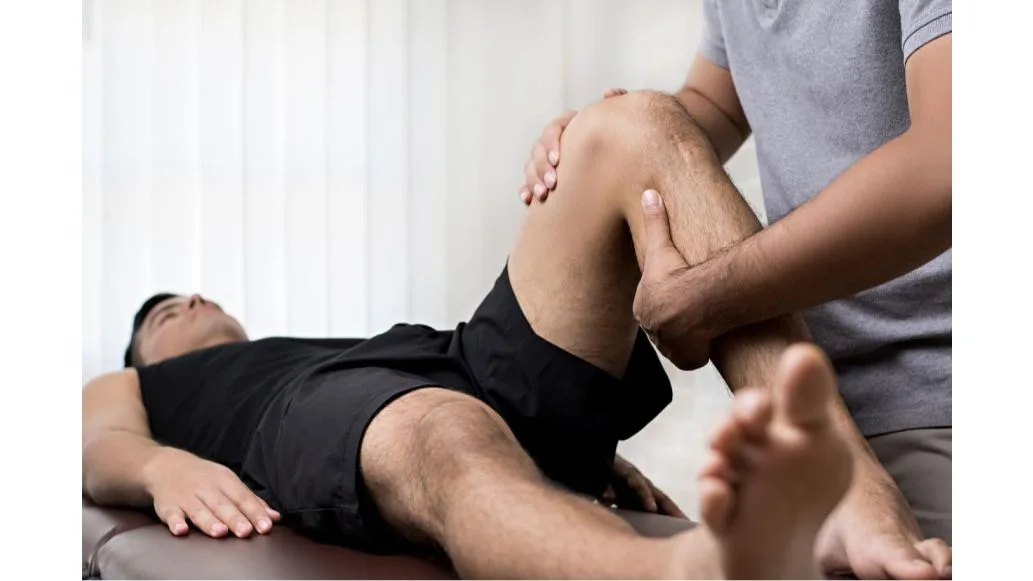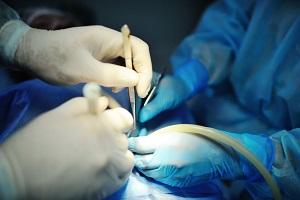Recovering from knee replacement surgery requires careful attention to your body and the exercises you perform. Following an improper routine or attempting aggressive movements too early can cause complications, delay healing, and even damage your new joint. Understanding which activities pose a risk and which promote safe recovery is crucial for achieving long-term mobility and comfort. This guide focuses on knee replacement exercises to avoid and offers practical advice for a safe rehabilitation journey, informed by experts at Hips and Knees Joint Restoration and Replacement Center.
Understanding Knee Replacement Recovery
Knee replacement surgery is a life-changing procedure designed to restore mobility and reduce pain caused by arthritis or joint damage. Whether it involves total or partial replacement, the recovery process focuses on regaining strength, flexibility, and functional movement. Each patient’s journey varies, but all share the need for gradual, controlled rehabilitation.
A critical component of recovery is exercise. Physical activity helps restore muscle tone, improve circulation, and prevent stiffness. However, performing the wrong types of exercises too soon can compromise healing. Patients must follow professional guidance and avoid activities that place undue stress on the new joint. Understanding knee replacement exercises to avoid helps prevent complications while supporting steady progress toward full mobility.
Why Certain Exercises Can Be Harmful
After surgery, the knee joint is in a delicate state. Tendons, ligaments, and surrounding muscles require time to adapt to the new implant. Activities that are too strenuous or involve sudden movements can increase the risk of injury, swelling, and prolonged recovery.
Even with advanced surgical techniques like the Direct Anterior Approach (DAA), which allows faster recovery and less post-surgical discomfort, caution remains essential. Improper exercise can lead to dislocation, excessive wear on the implant, or soft tissue damage. Being aware of knee replacement exercises to avoid ensures patients protect their investment in mobility and reduce the risk of setbacks.
Common Knee Replacement Exercises to Avoid
High-Impact Exercises: Running, jumping, and plyometric movements place a large amount of force on the knee joint. These high-impact activities can stress the implant and surrounding tissues, potentially causing pain or instability. Patients should avoid running or jumping until their orthopedic surgeon confirms it is safe.
Deep Squats or Lunges: Bending the knee too deeply during squats or lunges can strain the new joint and surrounding muscles. These movements may seem harmless, but they can compromise alignment and lead to pain or swelling. Light, controlled bending under supervision is safe, but deep squats and lunges are part of knee replacement exercises to avoid during early recovery.
Twisting or Pivoting Movements: Sudden rotations, twists, or pivoting on the leg can place torque on the knee implant, potentially damaging ligaments or destabilizing the joint. Sports or dance moves that involve rapid changes in direction should be avoided until the knee has fully healed.
Heavy Weight Lifting: While strengthening exercises are important, lifting heavy weights too soon, particularly with squats or leg presses, can place excessive strain on the knee. Gradual progression under the guidance of a physical therapist ensures safe strengthening without risking the implant.
Contact Sports or Aggressive Activities: Football, basketball, martial arts, and other high-contact activities should be avoided during the initial recovery period. Collisions or sudden falls can compromise joint integrity and lead to complications. Patients are encouraged to discuss timelines for returning to sports with their orthopedic team.
Safe Exercise Alternatives
While certain exercises are off-limits, numerous low-impact activities promote healing and strengthen the knee without risking damage.
- Walking: Gentle walking improves circulation and mobility while allowing patients to gradually regain strength.
- Stationary Cycling: Provides cardiovascular benefits and promotes knee flexibility without high-impact stress.
- Swimming or Water Aerobics: Water supports body weight, reducing strain while allowing controlled movements.
- Guided Physical Therapy Exercises: Tailored exercises designed by a physiotherapist help restore range of motion, strengthen muscles, and support a safe recovery process.
Focusing on safe exercises reduces complications and allows patients to regain confidence in their knee’s function while avoiding the pitfalls of knee replacement exercises to avoid.
Tips for a Smooth Rehabilitation Journey
Rehabilitation success relies on consistency, patience, and adherence to professional advice.
- Follow instructions from your orthopedic surgeon and physiotherapist carefully.
- Avoid self-guided routines that may include high-risk movements.
- Use assistive devices like walkers or braces as recommended to reduce strain.
- Monitor pain, swelling, and overall progress, reporting unusual symptoms promptly.
- Progress gradually, increasing intensity and range of motion only when cleared by your healthcare provider.
Observing these guidelines allows patients to safely regain strength and mobility while steering clear of knee replacement exercises to avoid.
When to Seek Medical Advice
Even with careful attention, complications may arise. Immediate consultation is necessary if you experience:
- Severe or worsening pain
- Swelling or redness around the knee
- Instability or a feeling that the joint may “give out”
- Signs of infection such as warmth or discharge
Timely intervention helps prevent long-term issues and ensures that your recovery remains on track.
Takeaway
Recovery after knee replacement surgery is a gradual process that requires awareness and discipline. Avoiding risky movements and exercises is critical for protecting the new joint, preventing complications, and achieving the best possible outcomes. Patients should focus on safe, low-impact activities and work closely with their orthopedic and rehabilitation team to regain strength and mobility.
Hips and Knees Joint Restoration and Replacement Center provides expert guidance, comprehensive rehabilitation programs, and patient-centered care to ensure every step of your recovery is supported. Recognizing knee replacement exercises to avoid is the first step toward a safer, faster, and more effective healing journey.
FAQ
Can I run after knee replacement surgery?
High-impact activities like running are generally discouraged during early recovery. Consult your orthopedic surgeon for a safe timeline before attempting running.
How soon can I return to exercise?
Safe exercise depends on individual healing. Most patients start gentle, low-impact exercises within weeks, but high-risk movements should be avoided until cleared by your surgeon.
What exercises strengthen the knee safely?
Walking, stationary cycling, swimming, and guided physical therapy exercises are recommended. Avoid high-impact or twisting movements.
Is deep squatting safe after knee replacement?
Deep squats and lunges place excessive stress on the knee and are considered part of knee replacement exercises to avoid until your surgeon confirms it is safe.
How do I know if I am doing an exercise incorrectly?
Pain, swelling, or instability are signs that an exercise may be unsafe. Always follow professional guidance and stop immediately if symptoms occur.







